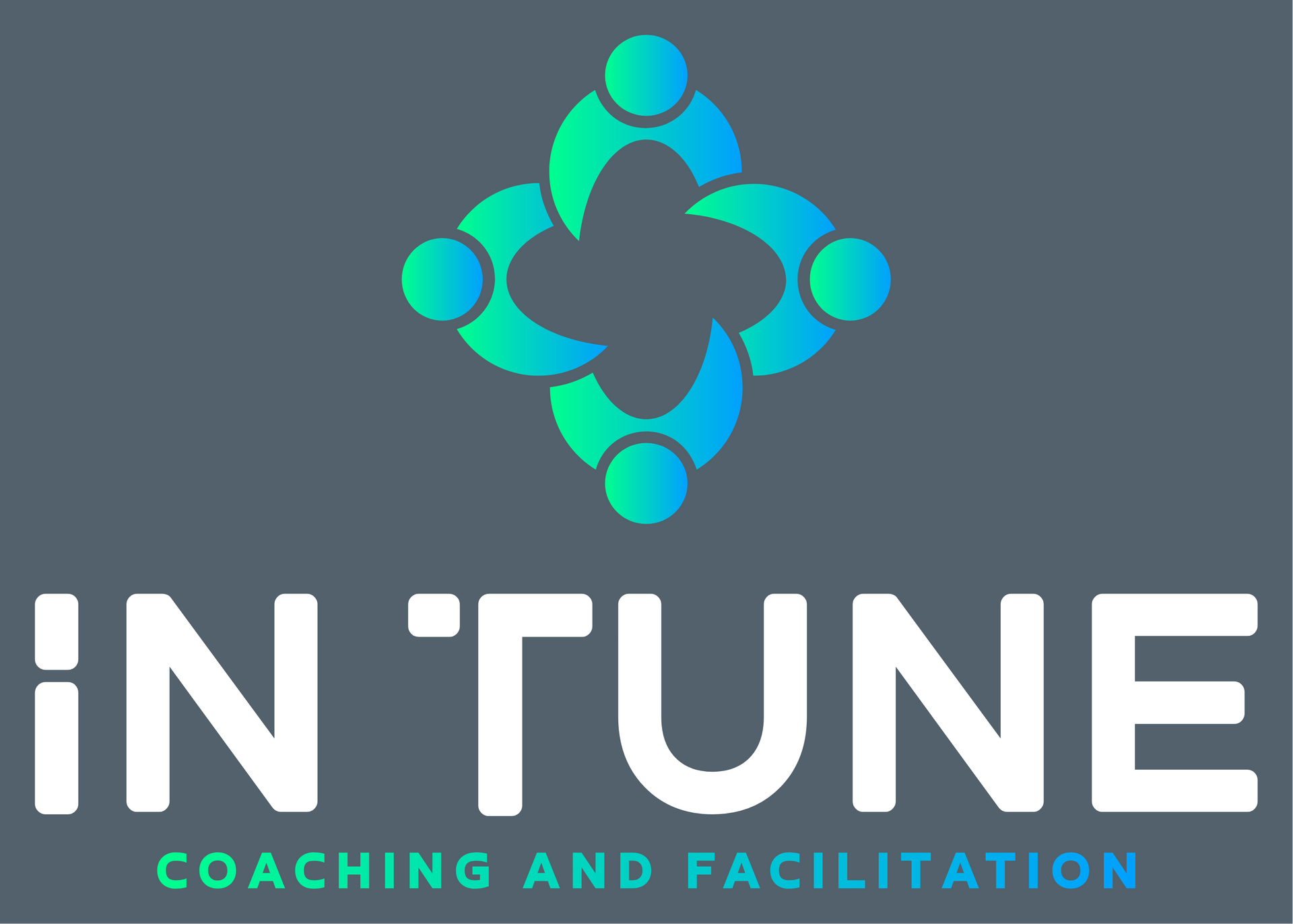Team Building Playbook Inspired by Belonging
“True belonging only happens when we present our authentic, imperfect selves to the world. Our sense of belonging can never be greater than our level of self-acceptance.” – Brené Brown

In today’s fast-paced and high-pressure work environments, the need for belonging is not just emotional—it’s strategic. Drawing from Owen Eastwood’s powerful book Belonging, this playbook outlines actionable strategies to build cohesive, high-performing teams rooted in connection, trust, and shared identity.
1. Anchor Your Team in Whakapapa (Shared Purpose and Legacy)
Eastwood introduces the concept of whakapapa, a Māori term referring to an unbroken chain that connects individuals to their ancestors and future generations. In a team setting, this can be translated into:
Action Prompt:
- Facilitate a team exercise where members co-create a "team lineage." What legacy are you continuing? What future do you aim to build?
- Write a shared mission or team story that captures who you are and what you stand for.
2. Craft an "Us" Story
Teams thrive when there is a unifying narrative that defines their identity, values, and collective ambitions.
Action Prompt:
- As a team, define 3 core values that reflect your unique identity.
- Share personal stories that connect individuals to these values to reinforce cultural cohesion.
3. Belonging Before Performance
Eastwood challenges the conventional belief that performance earns belonging. Instead, he asserts that belonging enables performance.
Action Prompt:
- Begin meetings with check-ins to create psychological safety.
- Celebrate personal milestones and small wins to reinforce that team members are valued beyond their output.
4. Build Trust Through Rituals and Consistency
Trust is the foundation of any successful team. Rituals and consistency build predictability, which strengthens trust.
Action Prompt:
- Create recurring team rituals (e.g., "Monday Momentum" kickoff or "Friday Wins" reflections).
- Establish ground rules for communication, feedback, and conflict resolution.
5. Embrace Vulnerability and Emotional Availability
True belonging requires openness. Leaders and team members alike must be willing to be seen and to see others.
Action Prompt:
- Schedule quarterly "courageous conversations" where team members can speak openly about challenges and opportunities.
- Model vulnerability as a leader by sharing personal growth stories and lessons learned.
6. Revisit and Reinforce Your Culture
Belonging is not a one-time initiative—it’s a continuous commitment.
Action Prompt:
- Conduct monthly team reflections: What helped us feel more connected this month? What could we do better?
- Use visual reminders (e.g., team charters, shared quotes) in your workspace or virtual channels.
Recommended Reading:
- The Culture Code by Daniel Coyle
- Legacy by James Kerr
- Leaders Eat Last by Simon Sinek
Stay Tuned with Tune In: Your Go-To for Inspiration and Personal Growth
Join the In Tune community and get exclusive updates on our latest blog posts straight to your inbox! ✨
From mindfulness tips to insights on living a more fulfilling life, we’ve got the tools to help you tune into your best self.
Sign up today and never miss a beat! 🎶




